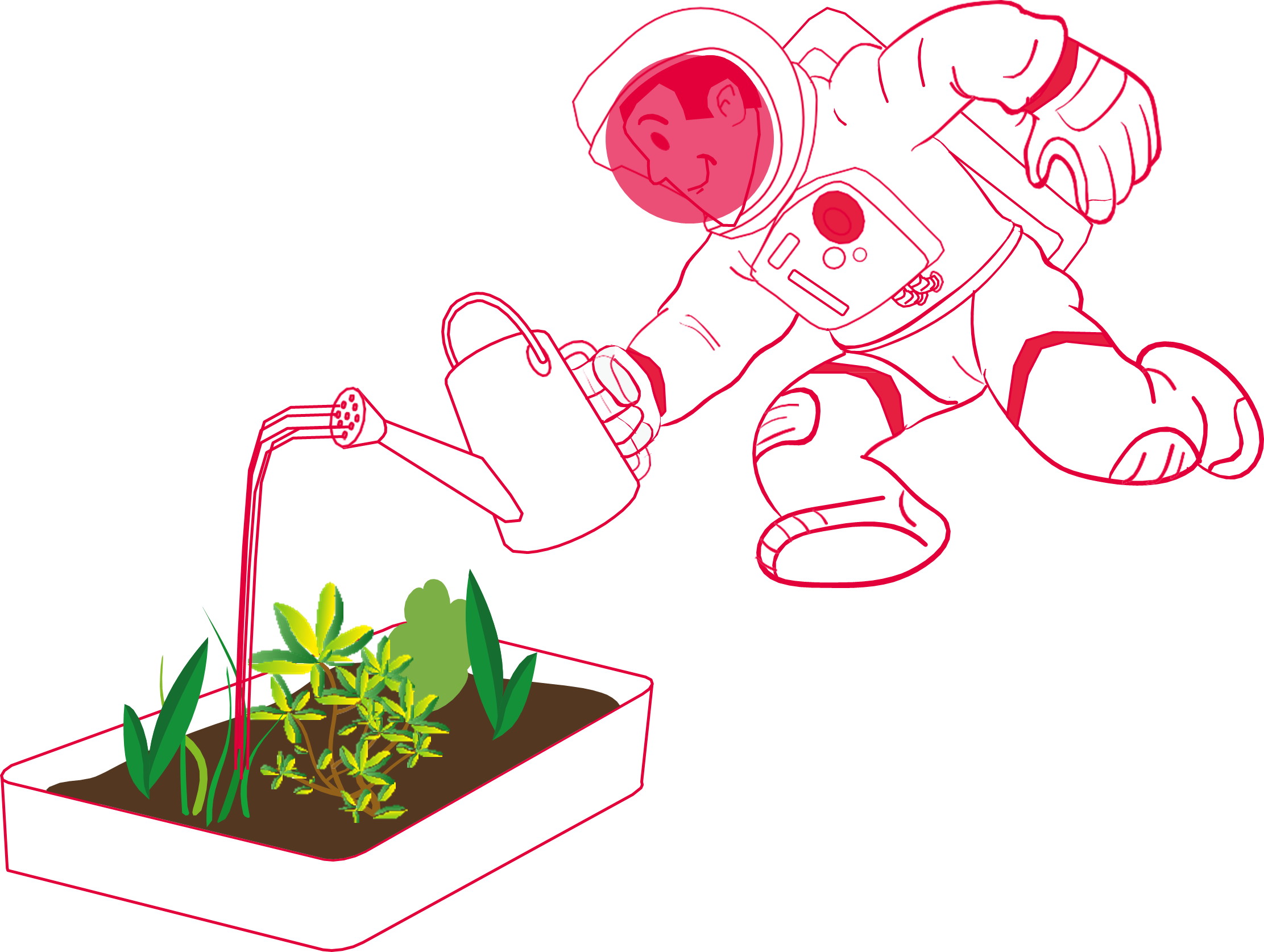AstroFarmer - Lär dig mer om förutsättningarna för växttillväxt
I de här sex aktiviteterna ska eleverna undersöka vilka faktorer som påverkar växternas tillväxt och relatera dessa faktorer till växtodling i rymden.
Eleverna lär sig att växter behöver luft, ljus, vatten, näringsämnen och en stabil temperatur för att växa.
Eleverna kommer att observera vad som händer med växterna när de varierar några av dessa faktorer. Dessa sex aktiviteter kan göras individuellt eller som en grupp.
Mål för inlärning
- Lär dig att växter behöver vatten, ljus, luft, näringsämnen och en lämplig temperatur för att växa.
- Förstå att miljöer kan förändras och utgöra en fara för levande organismer.
- Lär dig att det är möjligt att odla växter utan jord.
- Gör enkla och rättvisa tester.
- Identifiera och kontrollera variabler vid behov.
- Tolka observationer och dra slutsatser.
- Lösa problem.
Åldersintervall:
8 - 12 år
Tid
Lektion: 2 timmar och 30 minuter
Resurs tillgänglig i:
Aktivitet 1: Behöver växter luft?
I den här aktiviteten får eleverna lära sig om andning och fotosyntes hos växter. Eleverna lär sig också om luftens sammansättning och förstår växternas roll i produktionen av syre.
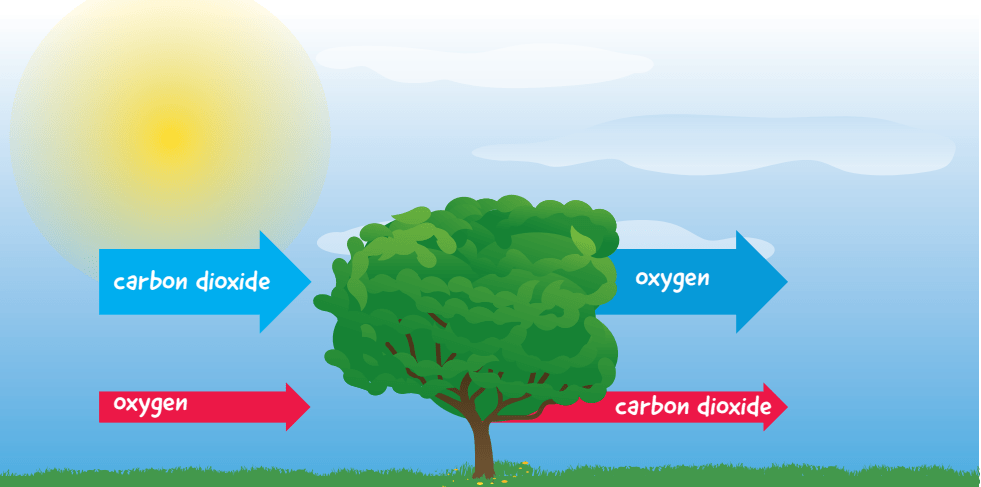
Utrustning
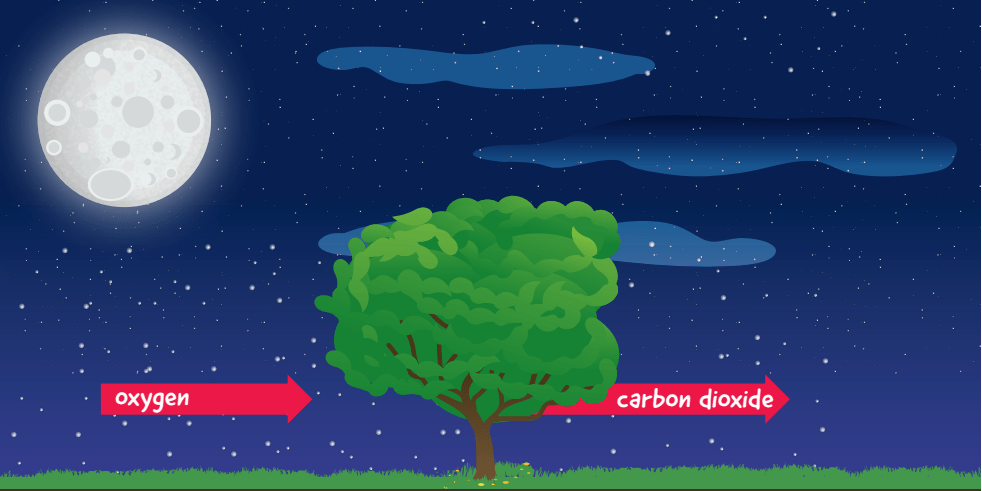
Aktivitet 2: Behöver växter ljus?
I den här aktiviteten ska eleverna undersöka hur krasse växer i olika ljusförhållanden: konstant mörker och normalt solljus. Eleverna ska förstå att ljus påverkar växters tillväxt och relatera resultaten från detta experiment till aktivitet 1.
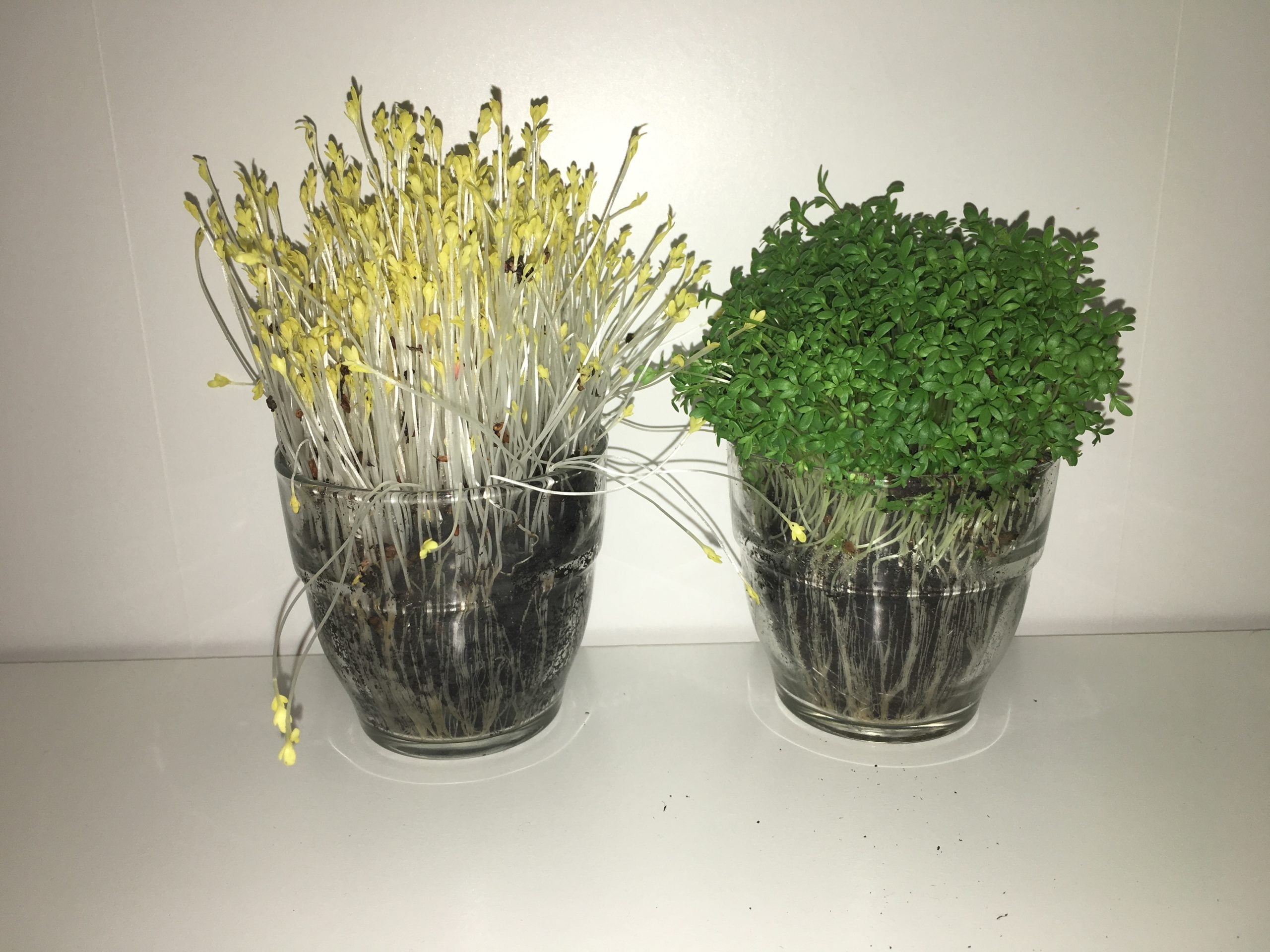
Utrustning
Aktivitet 3: Behöver växter vatten?
I den här aktiviteten ska eleverna undersöka hur vatten transporteras i en växt. Genom övningarna ska eleverna förstå att rötterna och stammen transporterar vatten till resten av växten. Efteråt ska eleverna undersöka hur blomblad ändrar färg när färgämne tillsätts i växtvattnet.
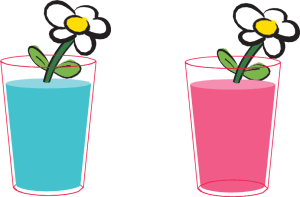
Utrustning
Aktivitet 4: Behöver växter jord?
I den här aktiviteten ska eleverna plantera rädisfrön i olika material för att avgöra vilka som är bra för att odla växter.
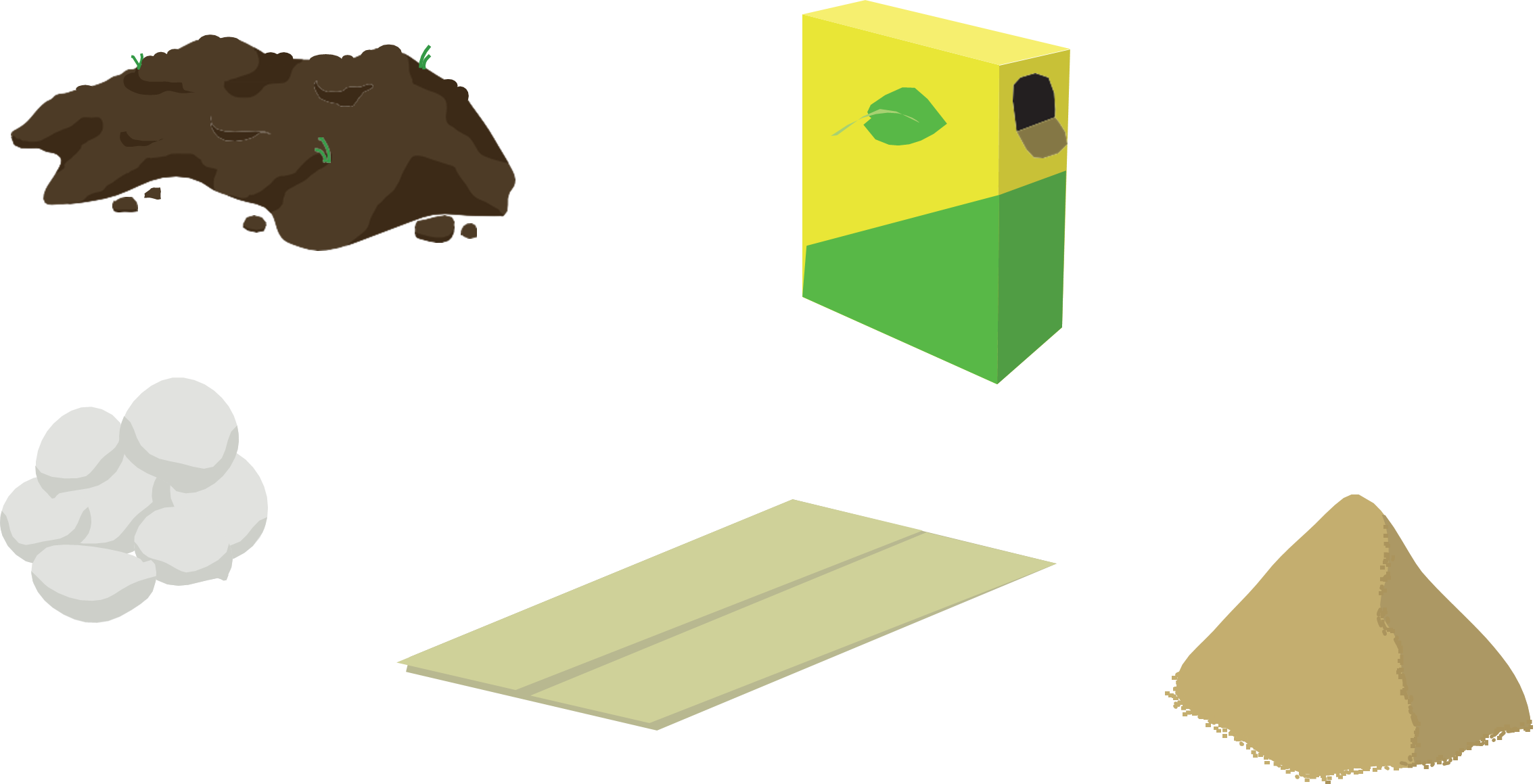
Utrustning
Aktivitet 5: För varmt, för kallt
I den här aktiviteten ska eleverna titta på bilder från olika platser på jorden och koppla dem till de olika klimatzonerna. Eleverna kommer att lära sig att växter kan anpassa sig till olika förhållanden, men att det finns extrema miljöer där de inte kan leva.
Utrustning
Aktivitet 6: Växter i rymden
I den här aktiviteten ska eleverna sammanfatta de viktigaste förutsättningarna för att växter ska vara friska. Eleverna ska fundera över vilka förhållanden på månen som kan utgöra ett problem för växter.
Utrustning
Visste du det?
För de flesta växter är den optimala temperaturen för fotosyntesen cirka 25 ºC. Temperaturens inverkan på växter varierar mycket beroende på deras typ.
Tomater får problem när temperaturen sjunker under 13 ºC eller om temperaturen överstiger 36 ºC. Kaktusar däremot kan överleva i öknen där temperaturen varierar från minusgrader upp till cirka 70 ºC.
Tomater får problem när temperaturen sjunker under 13 ºC eller om temperaturen överstiger 36 ºC. Kaktusar däremot kan överleva i öknen där temperaturen varierar från minusgrader upp till cirka 70 ºC.
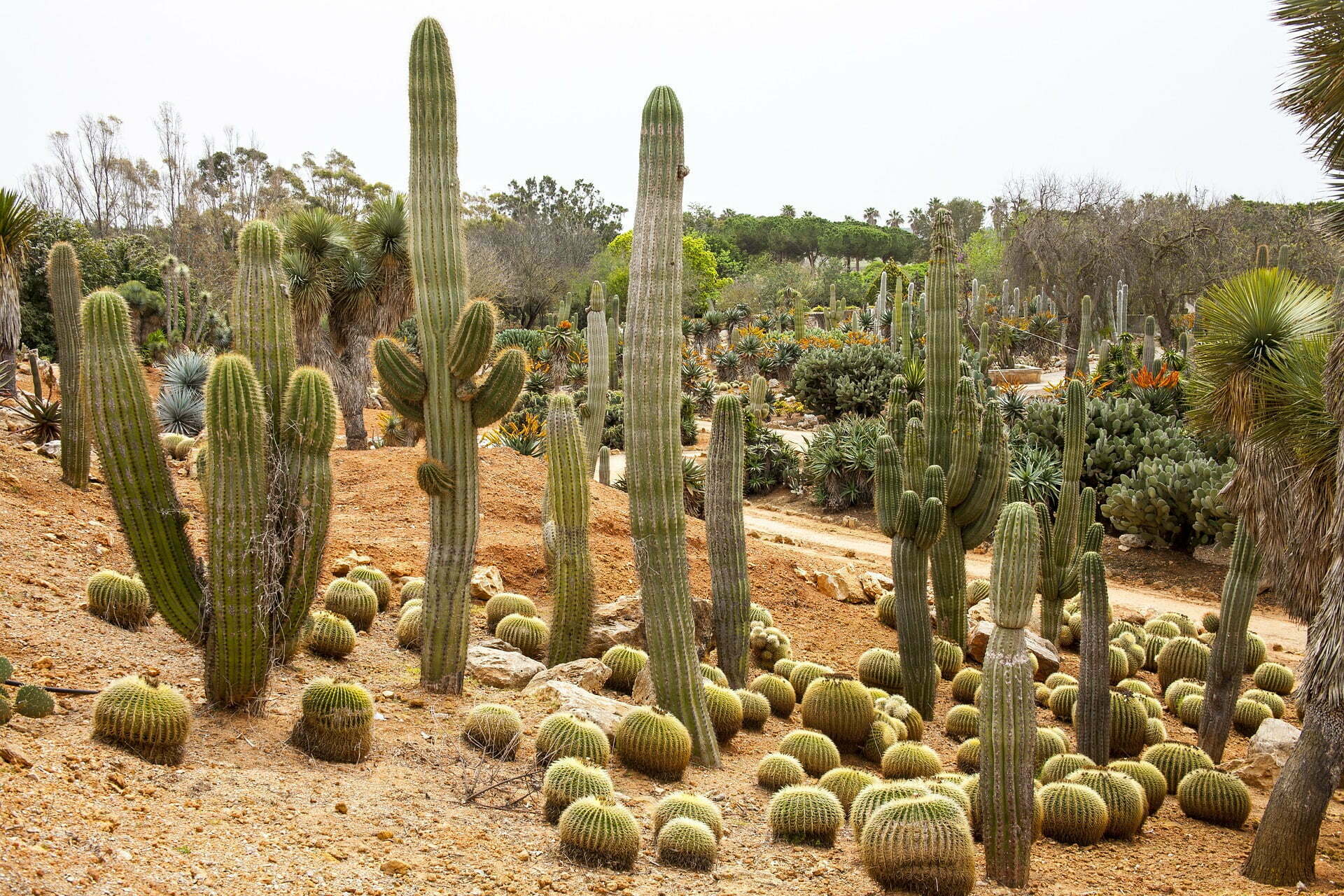
Nyckelord:
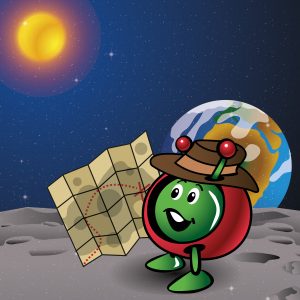
Uppdrag på månen - Programmera en klasskamrat för att slutföra ett uppdrag på månen.
Kortfattad beskrivning: Den här aktiviteten introducerar eleverna till logiskt tänkande genom att planera, testa och genomföra ett enkelt uppdrag på månen. Eleverna kommer att arbeta i
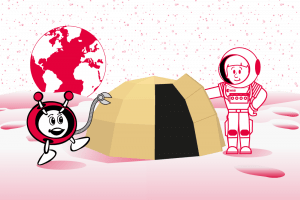
Moon Shelter - Undersökning av olika skyddsrum på jorden och i rymden
Kortfattad beskrivning: I denna serie aktiviteter ska eleverna analysera vikten av att ha skydd för att skydda sig på jorden och i rymden. Eleverna ska jämföra
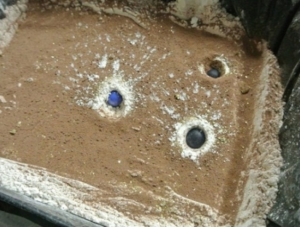
Tydliga tecken på ett stjärnfall - Kometer, meteorer och kratrar i solsystemet
Kort beskrivning: För många gamla civilisationer var berättelsen om ett stjärnfall ett omen om vad som komma skulle. I denna serie aktiviteter får eleverna



